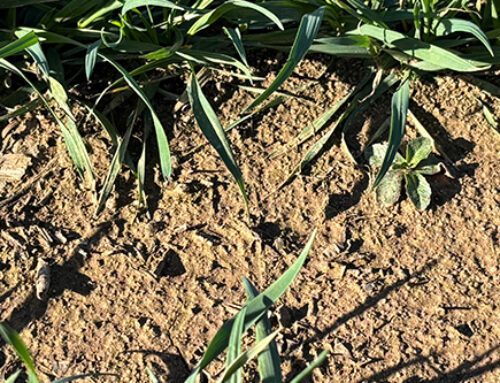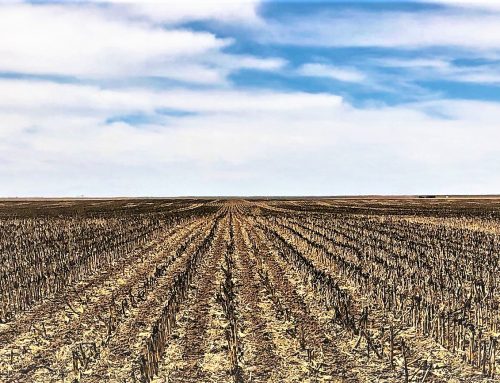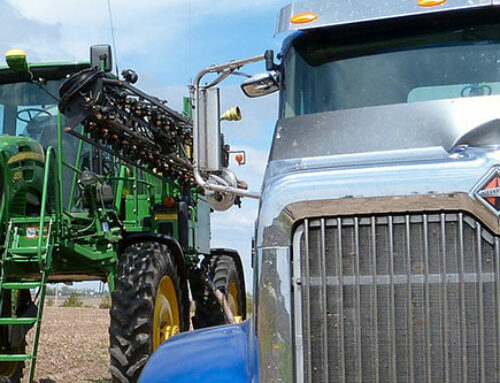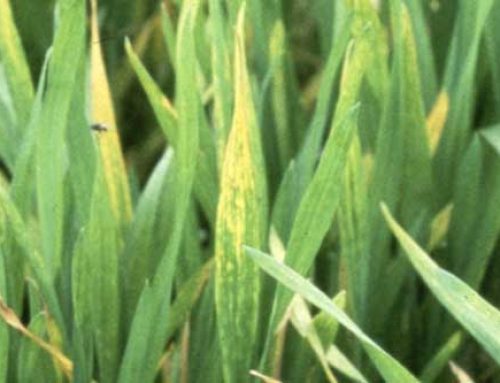If you are involved in agriculture, you have been inundated with information about resistance management.
Most of the conversation is centered around herbicide and insecticide resistance that is occurring due to the ability of plants and insects to adapt over time to repeated applications of a similar active ingredient. Many of the issues we deal with are related to over-use of specific products. This problem is exacerbated when the same product is used in multiple crops and fallow situations back to back to back. . .
To combat resistance, we attempt to rotate chemistry, or add multiple modes of action to the tank, etc. But are our solutions really working? When we rotate chemistry (use a different product), we tend to give up some control. After all, the reason we focus on a particular product is – because it works, and because it is affordable. Otherwise, why wouldn’t we more freely substitute something else?
Applying multiple modes of action (MOA) makes for good stewardship as well. But the fact is, we are not blessed with new and unique modes of action coming to the market every day. We are challenged to come up with various combinations using the limited MOA’s that we have available. And, invariably, we throw in the product that the pest is resistant to in the tank too!
Dealing with resistance cannot be attacked from strictly a chemistry front. Trying to do so is just leading down a path that makes solving the problem even tougher.
Weed control – over time – requires solutions not based solely on herbicides. Every tool available to manage resistant weeds must be put into the box. That should include tillage, rotation, fallow, management zones, row spacing, fertility, rotation of bio-tech traits, hybrid selection, planting date, etc.
Probably the most under-used tool is rotation. Maybe for good reasons – usually economic. But rotation can bring huge opportunities to help deal with pest resistance – if the control measures to deal with those pests can be altered, along with the crop. The challenge is to rotate crops without hindering the bottom line. Long term, dealing with resistance in a mono-culture is much more expensive than implementing good cultural practices, which include rotation.
For centuries, tillage has been used to prepare seedbeds and assist in weed control. Recently, the trend has been toward ‘no-till’ farming. Frankly, no-till limits some of the tools in the box. I am not advocating for, or against no-till. The benefits that these systems bring to the table are many. But dealing with resistant weeds strictly with chemistry, and not disturbing the weed seed bank may not be enough. Finding the right balance of tillage vs. no tillage may be a better direction. Finding the right tillage tool to help manage weeds and residue is equally important.
Possibly one of the most detrimental hindrance there is to managing resistance is denial, or false hope that the problem is really not there. This plays out every day. We all get caught in a trap that maybe, just maybe “it will work this time”. Or, we will kill most of the weeds or insects. It’s easy to take that stance when there are very few, if any other options left in the toolbox.
That is precisely why we all need to take a harder look at how we are managing resistant pests, and be willing to take the hard steps of using all our tools, not just going down the path of least resistance. There’s still no guarantee we will resolve the issue, but our willingness to use all the means necessary will surely help.
Managing resistance requires purposeful planning. It requires a long-term strategy right alongside the day-to-day decisions that need to be made. We don’t have all the answers, but your Crop Quest Agronomist can help you better manage pest resistance, and help you plan long term solutions to protect your bottom line.




